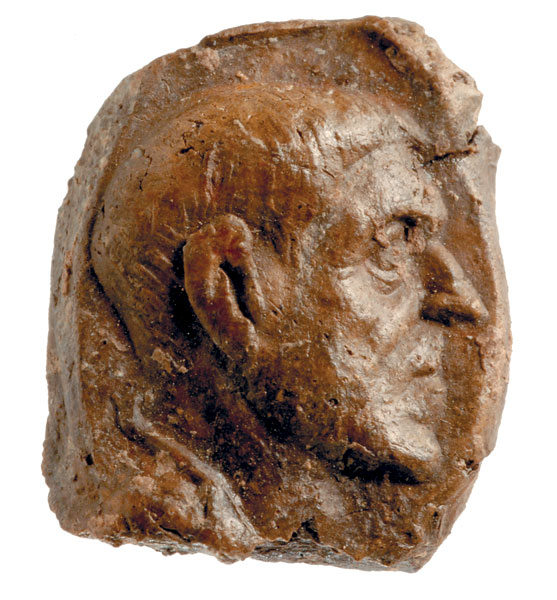Image Details

Clara Amit / Israel Antiquities Authority
The profile of an official decorates a bulla, or clay seal impression, found at Kedesh, in northern Israel (see map above). The hoard of thousands of bullae (plural) discovered there dates to the second century B.C.E. and is the largest collection of such impressions yet found in Israel. The diminutive seals (only about 1.5 inches high) impressed in the bullae—unlike others found from the Iron Age (tenth-sixth centuries B.C.E.)—are in the main anepigraphic, meaning that they contain no words. The presence of so many seal impressions, some of them representations of Seleucid monarchs, others of Phoenician design , prove that Kedesh was a major administrative center in the mid-second-century B.C.E. Yet the city disappeared from history soon after. In the accompanying article, Andrea Berlin and Sharon Herbert, the site’s excavators, describe the rise and sudden demise of Kedesh.
